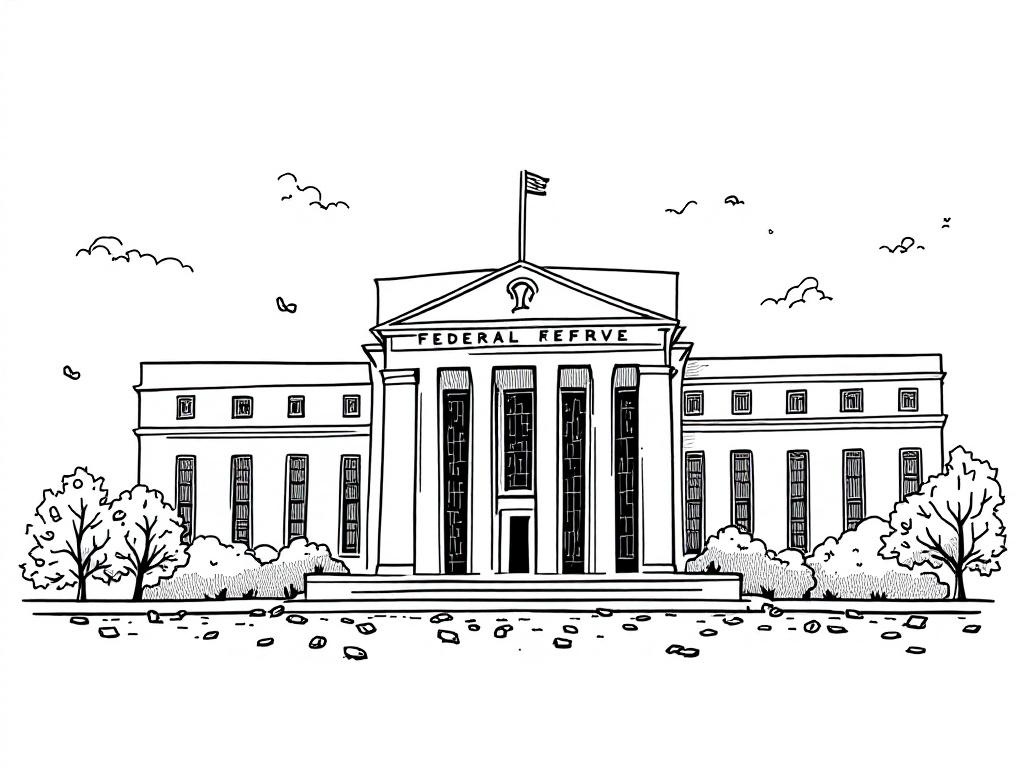Federal Reserve Plans Two Rate Cuts Amid Economic Uncertainty

Washington, D.C., Wednesday, 22 October 2025.
The Federal Reserve is expected to cut interest rates twice by year-end, reflecting concerns over a weakening labor market and ongoing inflation risks, with uncertainty about 2026 rate paths.
Interest Rate Cuts on the Horizon
The Federal Reserve is poised to lower its key interest rate by 25 basis points on October 29, 2025, and again in December 2025, as indicated by a Reuters poll of economists [1]. The expected cuts reflect mounting concerns about the U.S. labor market, which has shown signs of weakening, with job growth averaging only 29,000 per month from June to August 2025, a figure significantly below pre-pandemic levels [2]. This decision aims to boost economic activity by reducing borrowing costs and encouraging investment and consumption.
Economic Context and Inflation Concerns
Despite the planned rate cuts, inflation remains a persistent concern. As of September 2025, consumer inflation rose to 3.1%, up from 2.9% in August, surpassing the Federal Reserve’s target of 2% [3]. This inflationary pressure is partly due to ongoing geopolitical tensions and domestic policy challenges, including trade tariffs that have pushed prices higher [4]. The Federal Reserve’s dual mandate—to ensure maximum employment and stable prices—has led to a cautious approach in navigating these economic challenges, with officials divided over prioritizing inflation control versus supporting the labor market [5].
Market Reactions and Future Outlook
Financial markets have already priced in the anticipated rate cuts, with a 97% probability of a quarter-point cut on October 29, 2025 [6]. However, there is considerable uncertainty about the Federal Reserve’s rate path for 2026. Economists are divided on where rates will land by the end of next year, with predictions ranging from 2.25% to 4.00% [7]. The lack of clarity is exacerbated by a U.S. government shutdown that has delayed the release of key economic data, leaving policymakers and economists without crucial information needed for informed decision-making [8].
Implications for Consumers and the Economy
Lower interest rates could provide significant financial relief for consumers, potentially saving billions in credit card interest and lowering the cost of borrowing for major purchases such as homes and cars [9]. However, public sentiment remains mixed, with many Americans indifferent to the impact of rate cuts on their personal finances, as inflation continues to dominate concerns [10]. As the Federal Reserve moves forward with its monetary policy adjustments, the broader economic implications will depend on how effectively these measures stimulate growth without reigniting inflationary pressures.
Sources
- economictimes.indiatimes.com
- www.reuters.com
- www.gonzaga.edu
- www.reuters.com
- www.investopedia.com
- www.usatoday.com